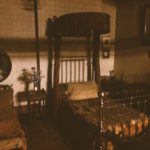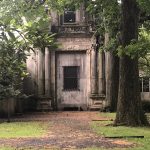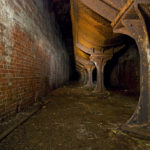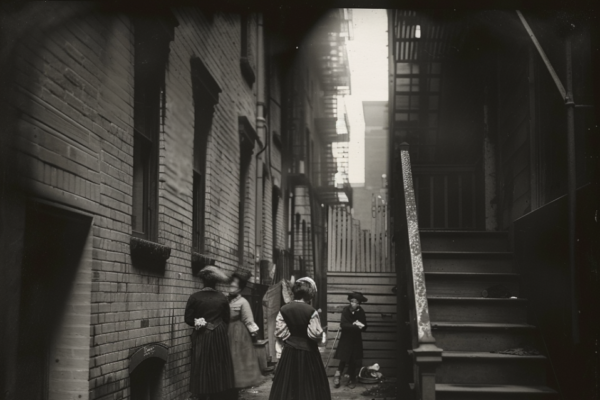
©Luke J Spencer
The seats were probably never that comfortable; there were no backs to them for one thing. But the benches that looked down upon the playing fields of the old Hinchliffe Stadium in Paterson, New Jersey, were set in a beautiful Art Deco sporting arena, designed to look like a classical Coliseum with a capacity for up to 10,000 people. And this was a place where history was made, for Hinchliffe Stadium is perhaps the only surviving home field of a Black baseball league team in the United States of America. Today it is covered with weeds, its art deco charm slowly crumbling away. But the power of its history remains.
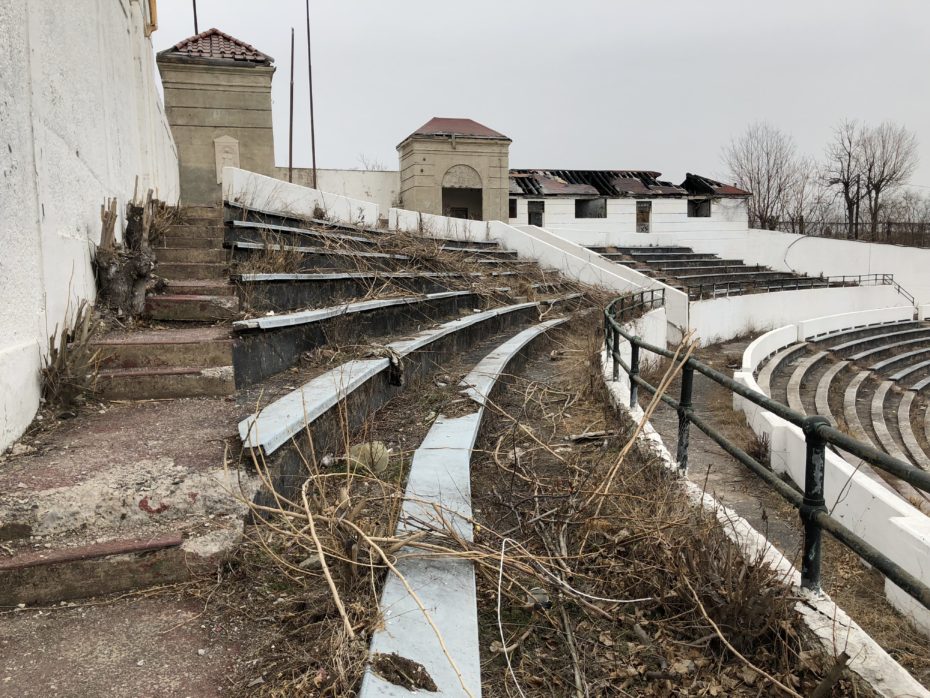
©Luke J Spencer
Decorated with beautiful mosaics celebrating the original Olympic events, Hinchliffe was the venue for regular season, championship, and exhibition baseball; as well as football, boxing, track and field; and auto-racing, and even became the site of popular and star-studded showbiz events that featured major celebrities and attracted crowds that often exceeded capacity.
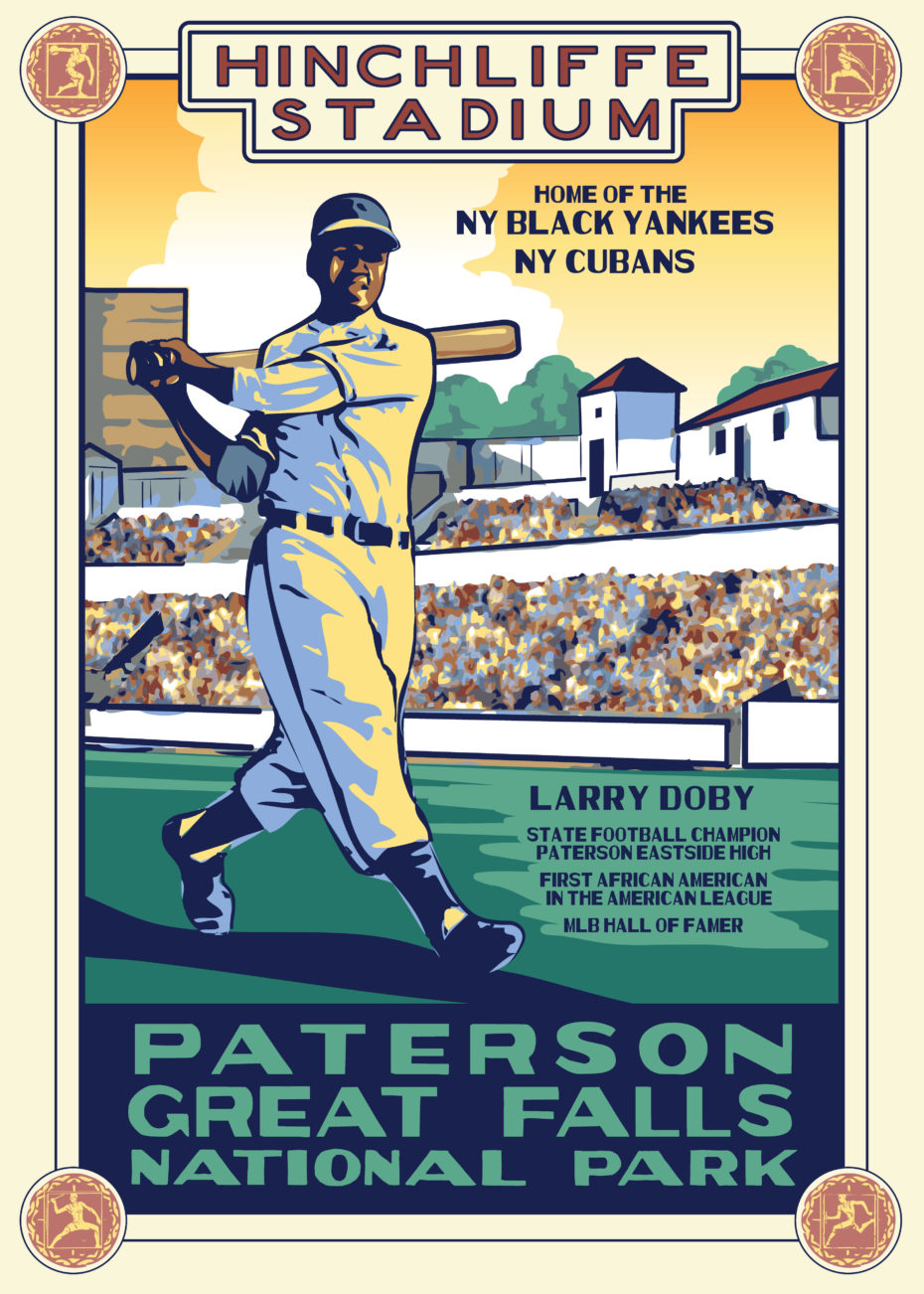
©nps.gov
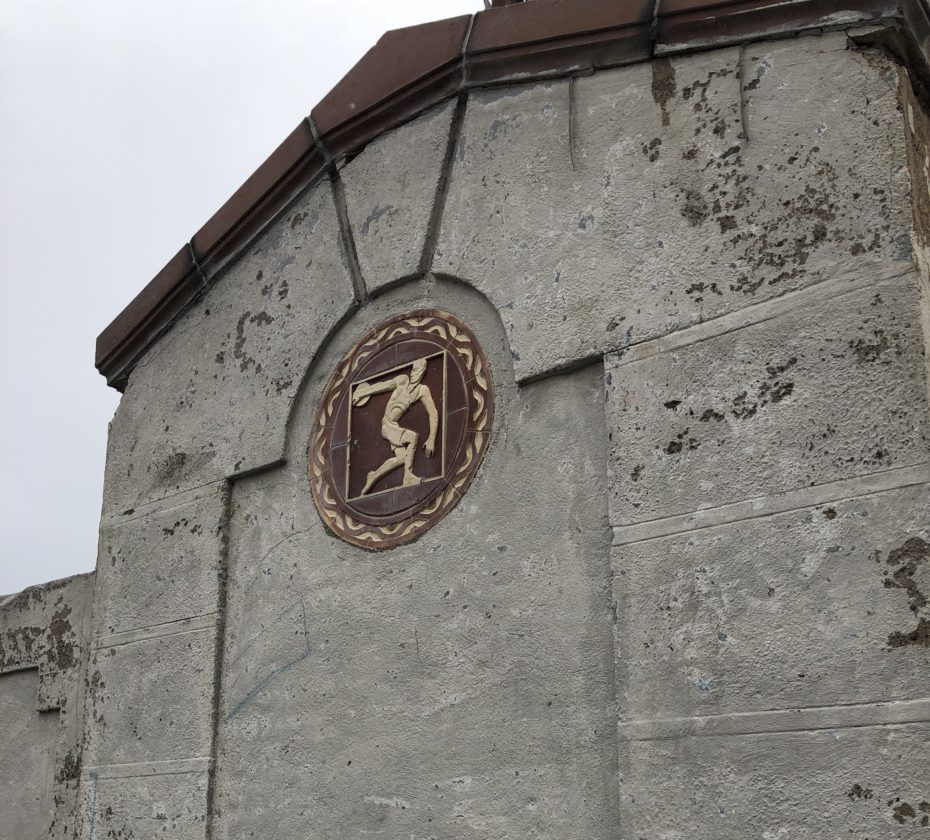
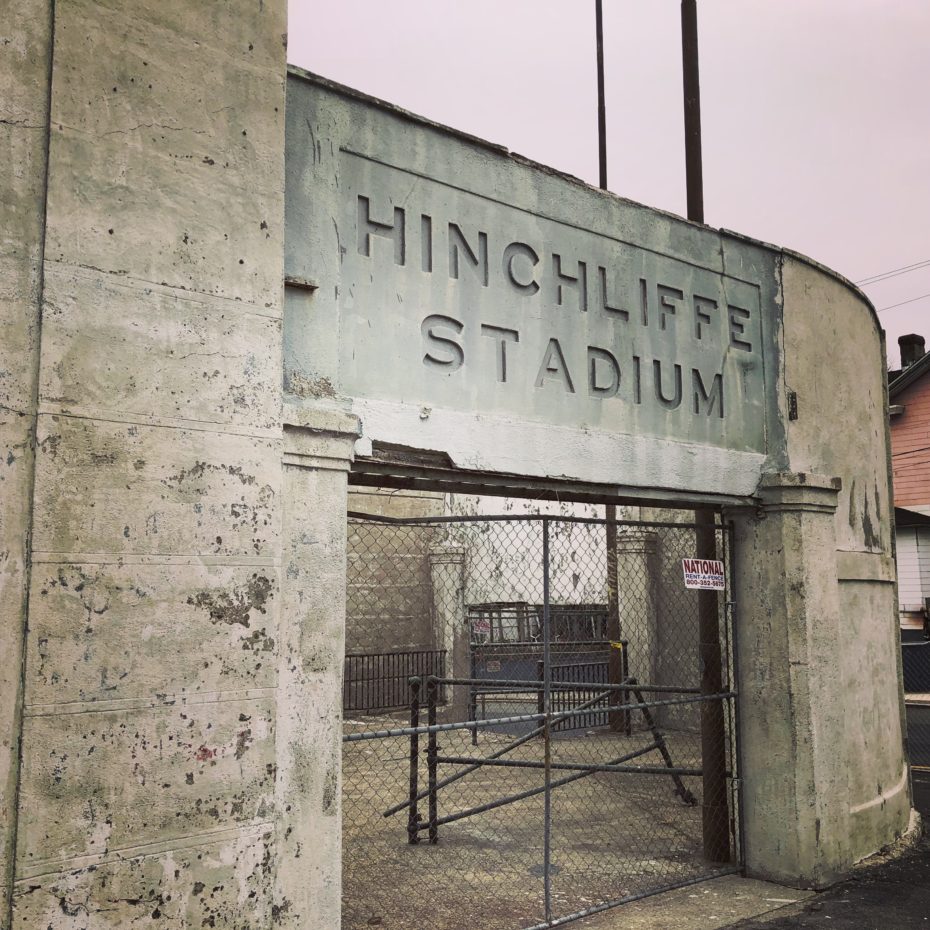
©Luke J Spencer
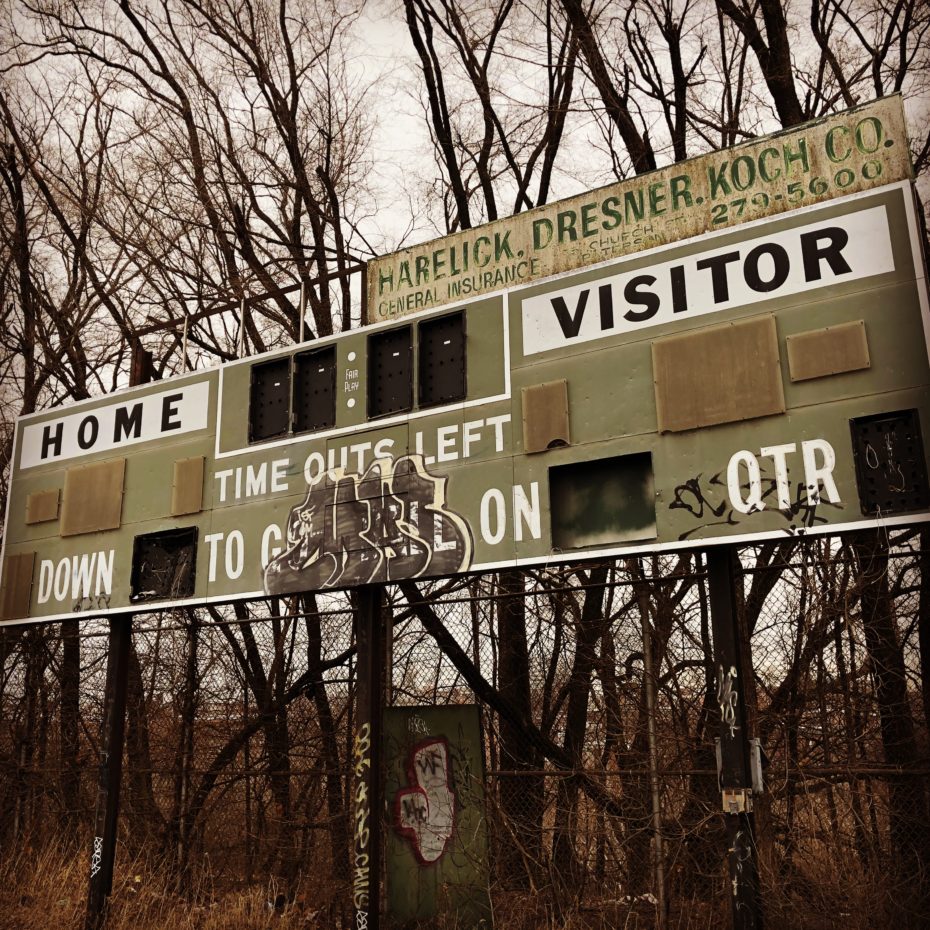
©Luke J Spencer
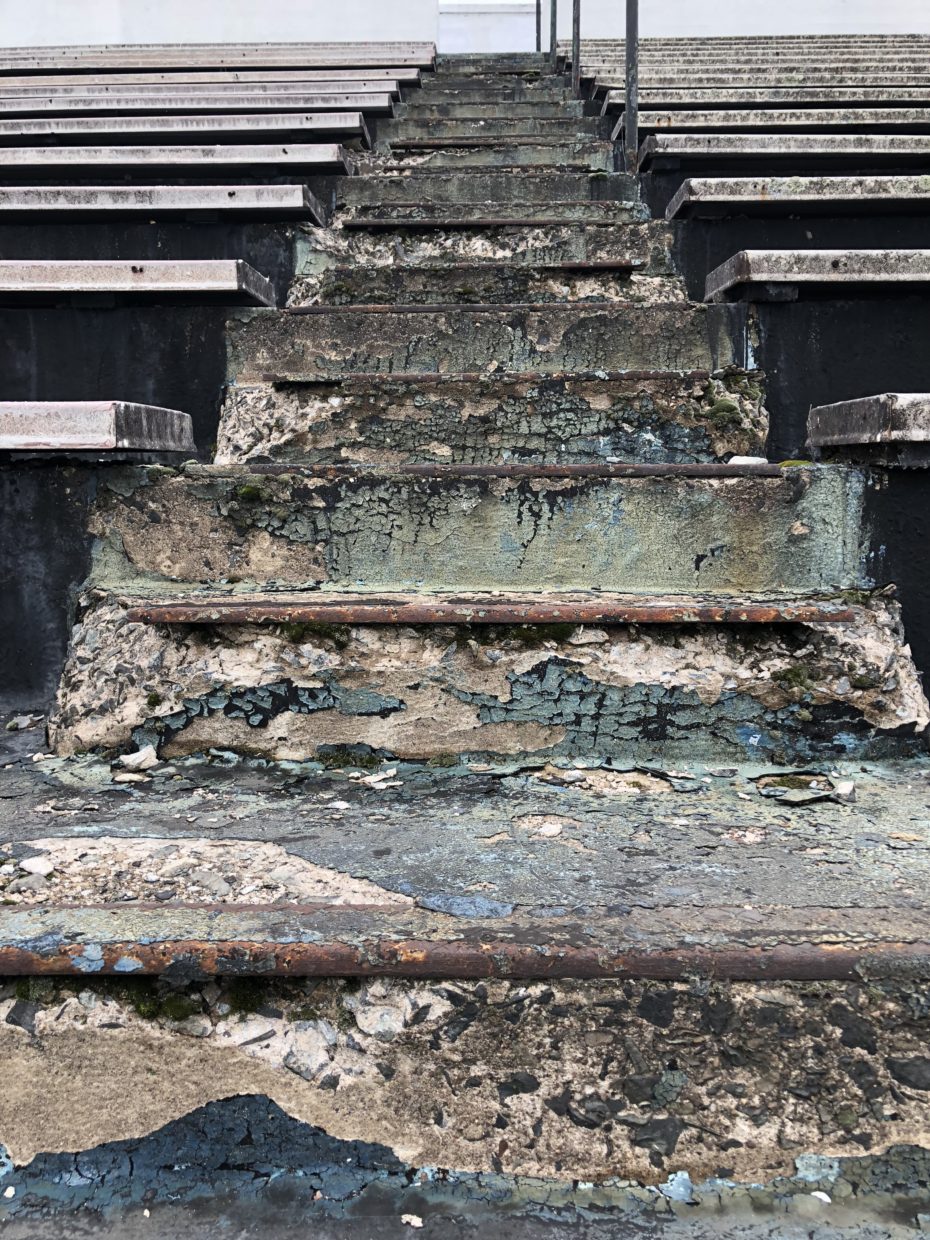
©Luke J Spencer
Once upon a time, thousands would come here, to cheer on the teams and ball players that would eventually break the colour barrier in professional baseball.
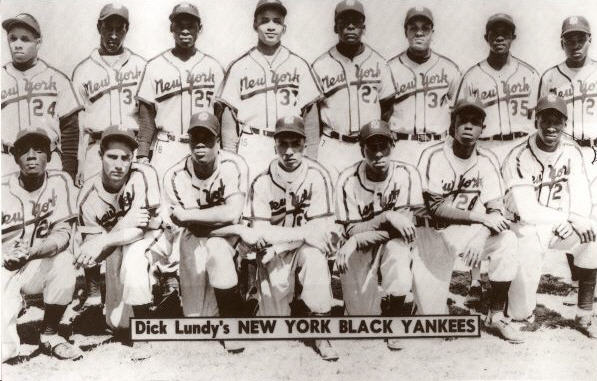
©hinchliffestadium.org
Forgotten teams like the New York Black Yankees, an African American baseball team, the Newark Eagles, and the New York Cubans called Hinchliffe their home. In 1933, the stadium played host to what was called the “Colored Championship of the Nation”. Twenty four ball players from the Black leagues would go on to join the Hall of Fame in the Major Leagues.
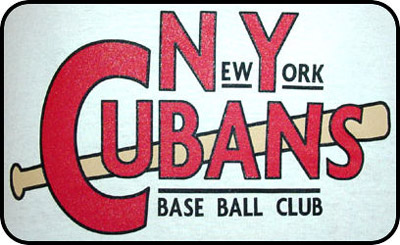
©hinchliffestadium.org
“Sometimes I think the good white players got cheated, too, because they never got a chance to play against the Black players,” Mr. Scott said. “If you never play against the best, you never know how good you are.”
– “Black Baseball’s Rich Legacy”, 2008, NY Times.
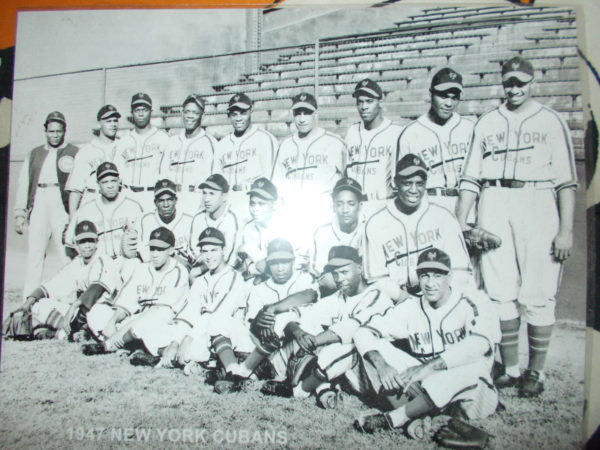
©hinchliffestadium.org
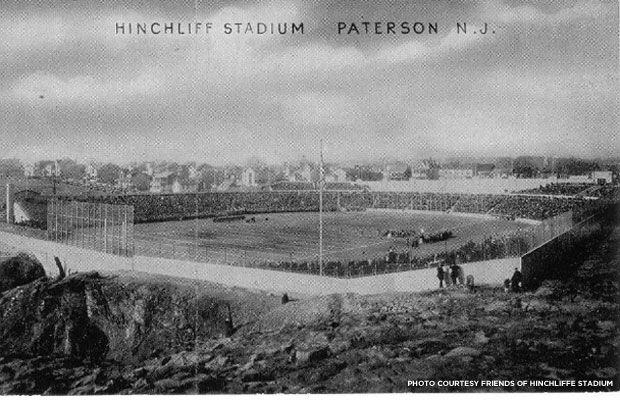
©hinchliffestadium.org
“Hinchliffe is the kind of grand civic monument that ambitious cities once built” wrote the New York Times in 2008. “A white concrete horseshoe with Art Deco flourishes … the last place left in the metropolitan region where Negro League baseball was played”.
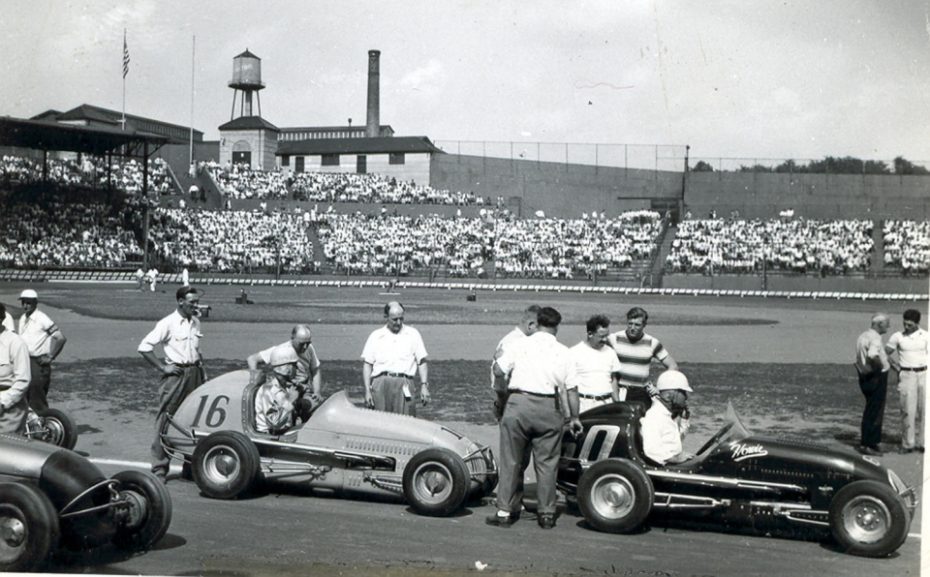
As well as the giants of the Negro Leagues, Hinchliffe would also host car racing, wrestling, American football and concerts.
When Hinchliffe Stadium opened in 1932, Paterson was still mostly a boom town. The ‘Niagara Falls’ of New Jersey, the power of the local, natural waterfalls was harnessed in the Industrial Revolution to power the mills, looms and factories that would give Paterson the nickname, ‘The Silk City.’
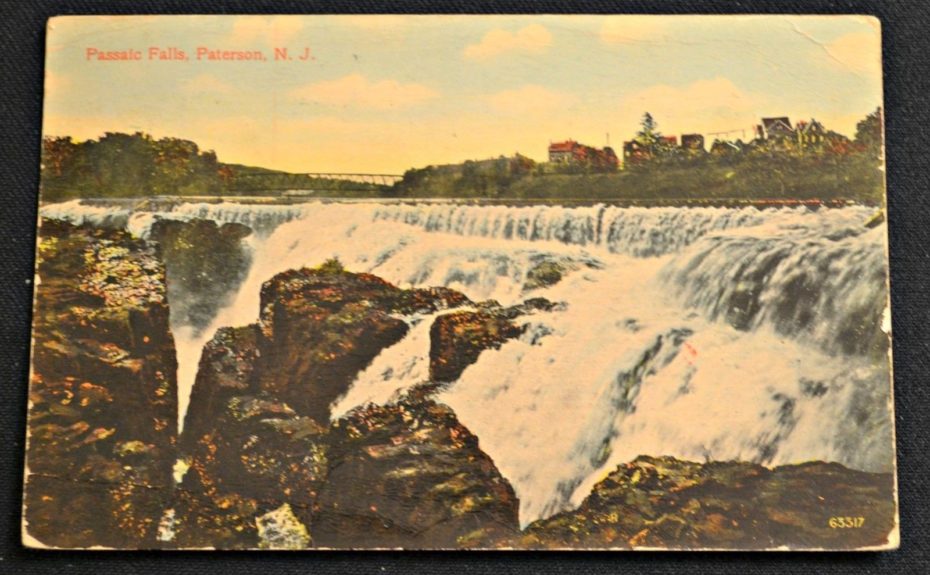
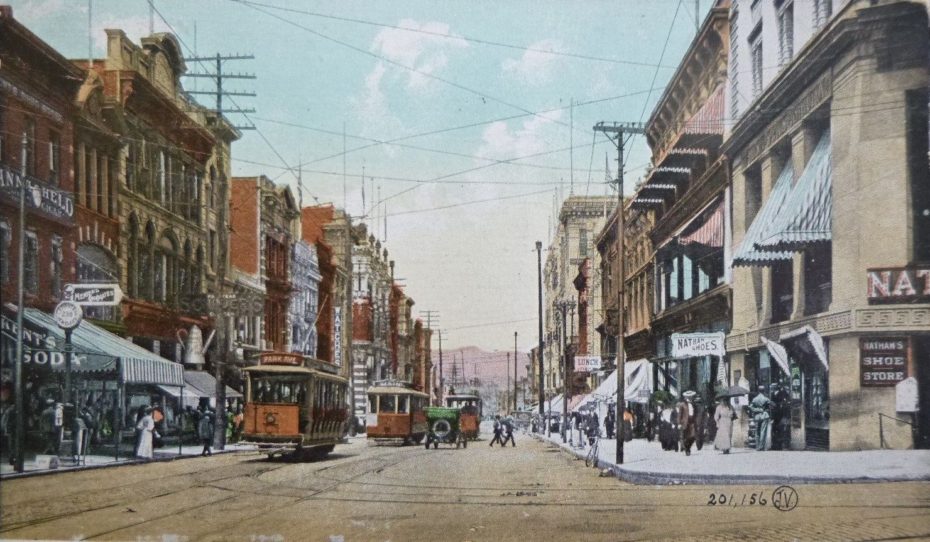
The stadium was located just above the falls and overlooking a blossoming city that today is largely run down…
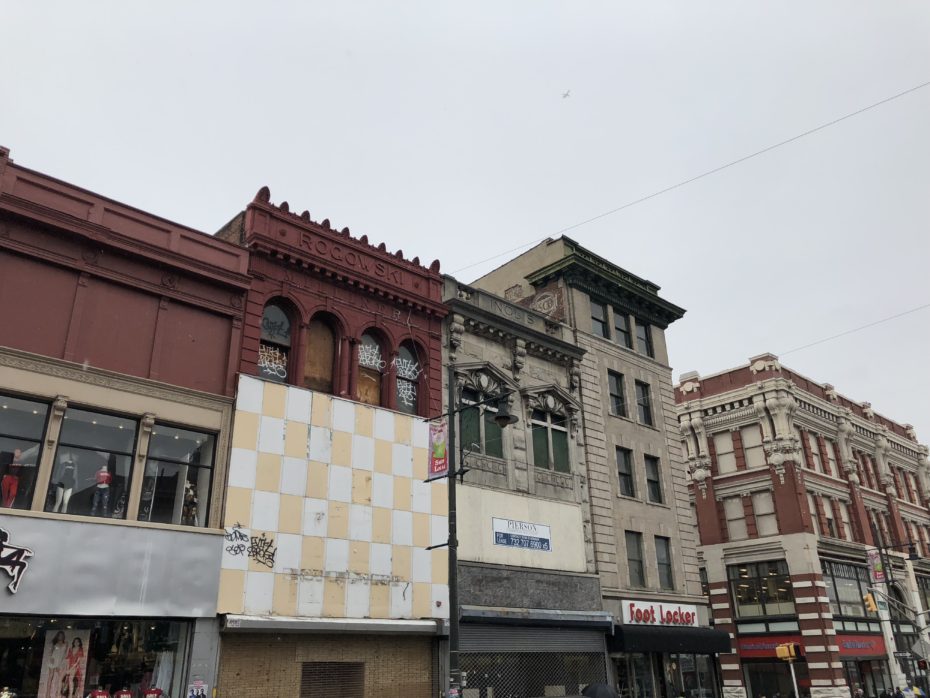
©Luke J Spencer
Today, the turnstiles maybe quiet, but the thrill of walking past the ticket offices, and catching the first glimpse of the field is still there…
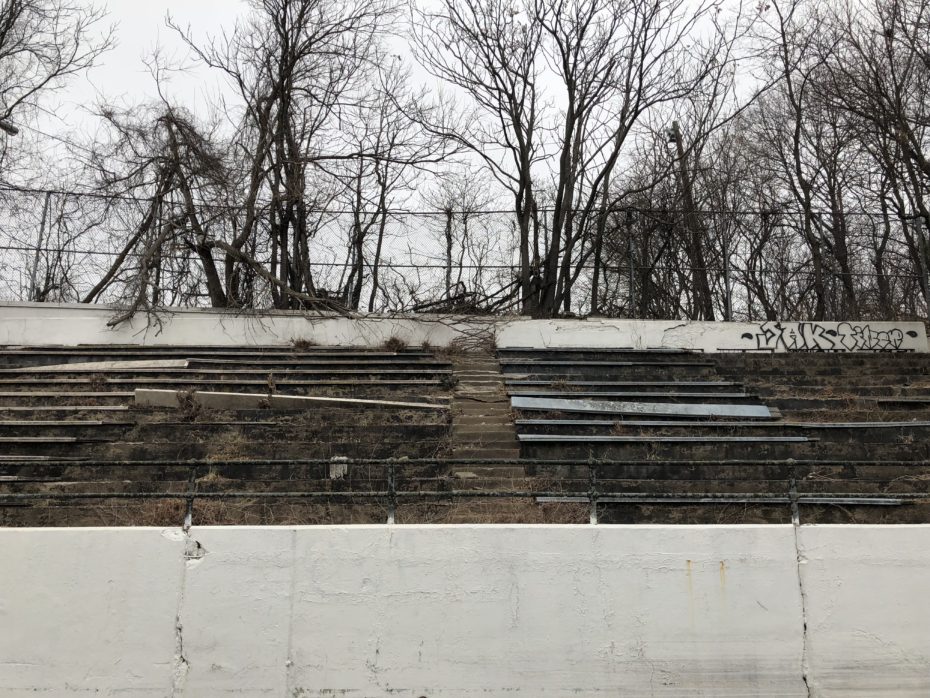
©Luke J Spencer
The turf is long gone, but someone thought to preserve the pitcher’s mound and the bases. The benches are broken, upended, and covered in weeds, but it is easy to imagine the good people of Paterson, climbing the hill overlooking their city on a warm summer’s evening to cheer on their long departed teams.
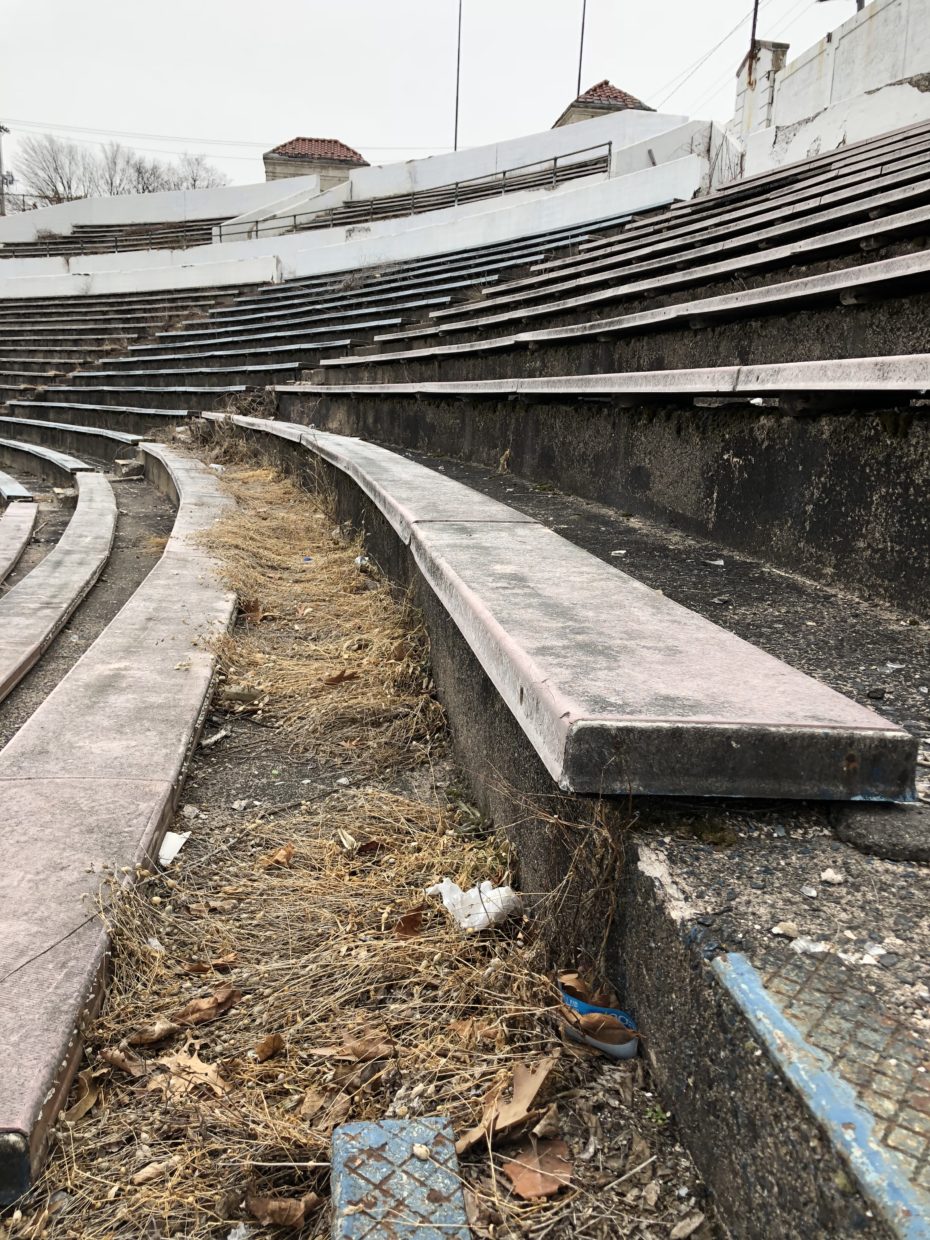
©Luke J Spencer
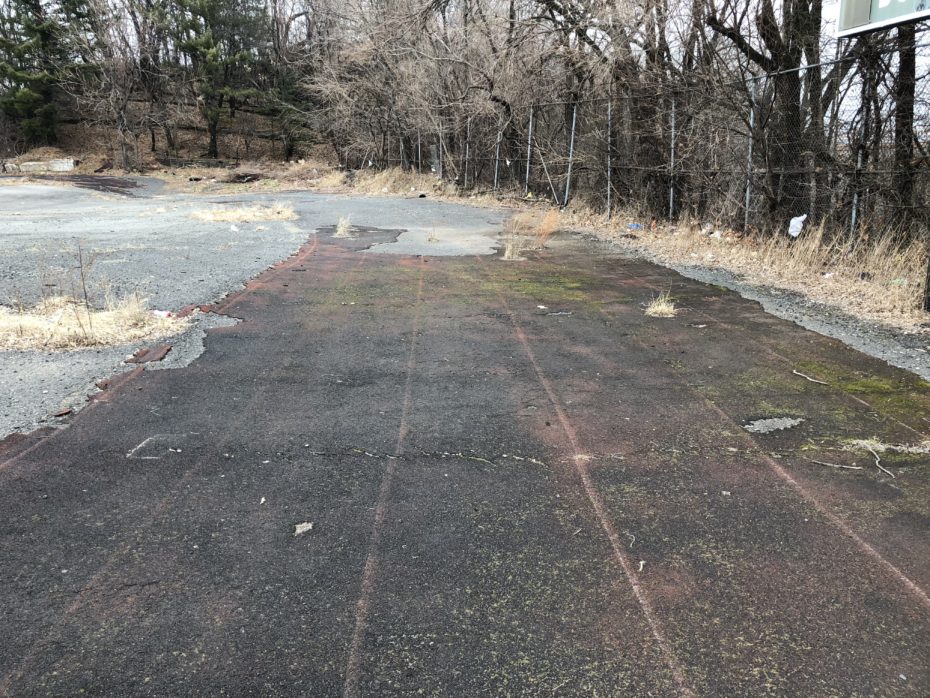
©Luke J Spencer
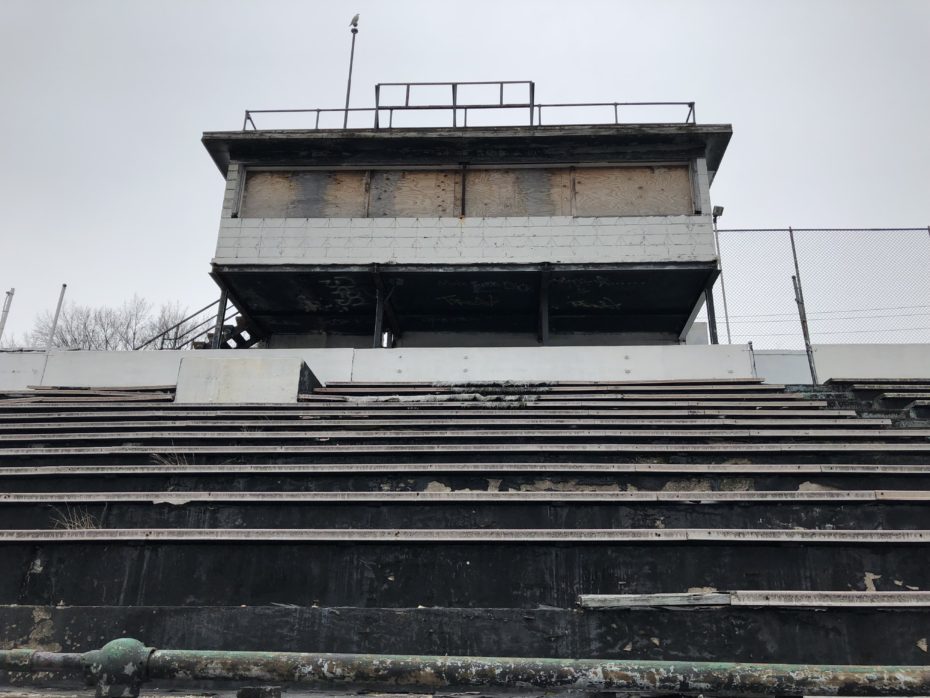
©Luke J Spencer
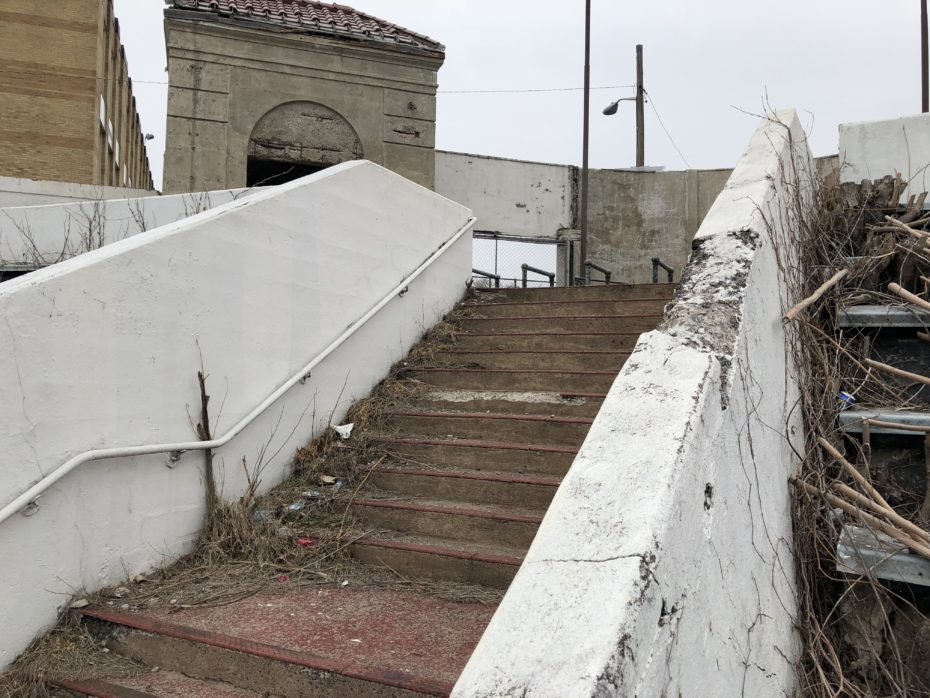
©Luke J Spencer
The last of only two surviving major athletic stadiums in the state that predate World War II, Hinchliffe finally closed in the 1990s. Like many other boom towns, Paterson suffered when the industry left. Urban blight swiftly descended upon its once grand boulevards, and the movie theatres and high end department stores soon closed, as well as the town’s ball park. Samuel Colt moved his fledgling firearms manufacturing business to Connecticut, and dozens of mills followed suit.
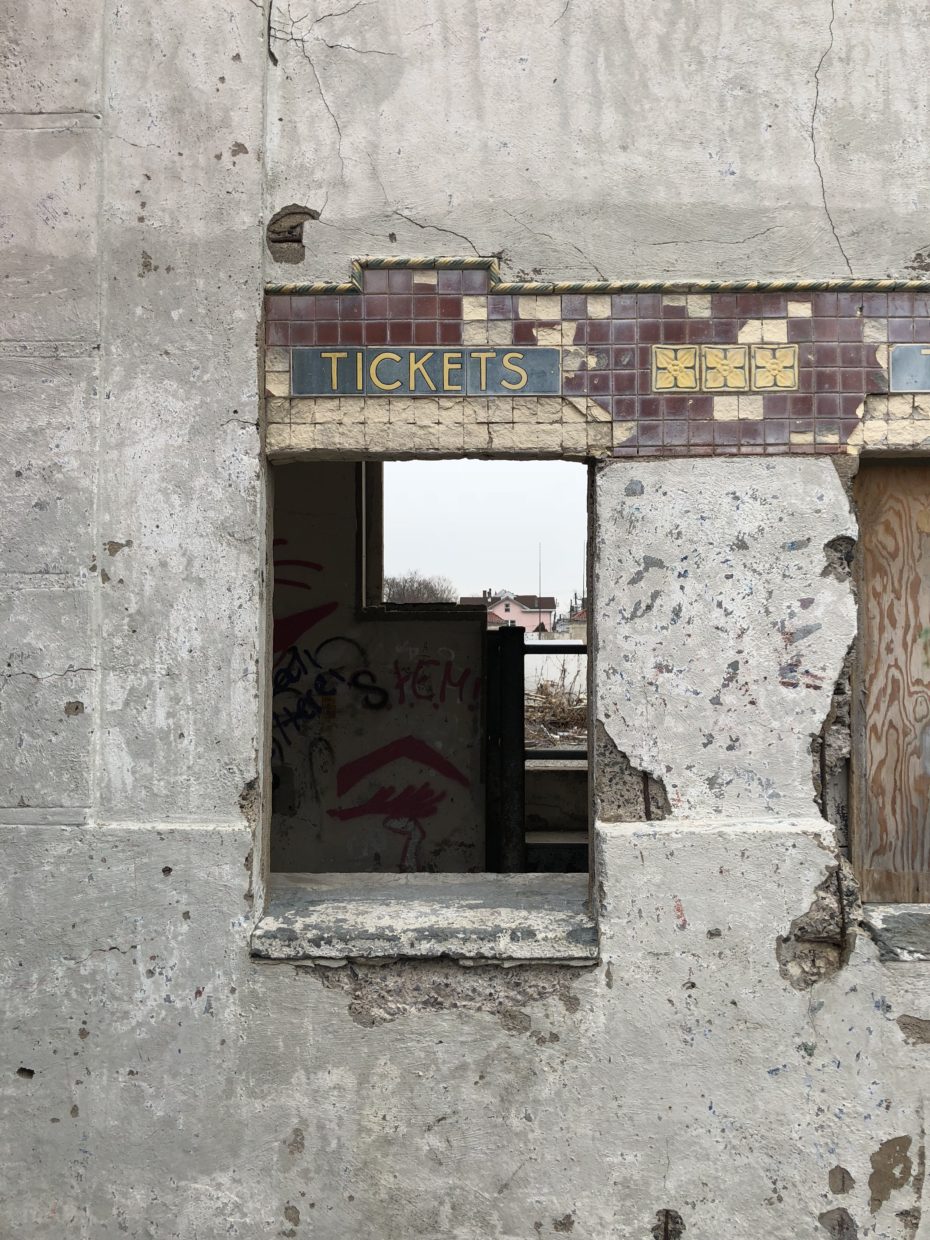
©Luke J Spencer
But green shoots can be found; whilst the stadium has gradually decayed over the past twenty years, it was designated a National Historic Landmark in 2013. The National Parks have done sterling work to preserve the surrounding area, today known as the Paterson Great Falls National Historic Park, and some of the old mills and factories have been saved and converted into offices and apartments. Quite what the future is for the old ball park though is unknown. Groups like the Friends of Hinchliffe Stadium have worked tirelessly to preserve the history that happened here. But for now, it remains a ghostly reminder of glories past, its running tracks and old scoreboards falling apart, but with the hope that the flood lights might one day burn again.


